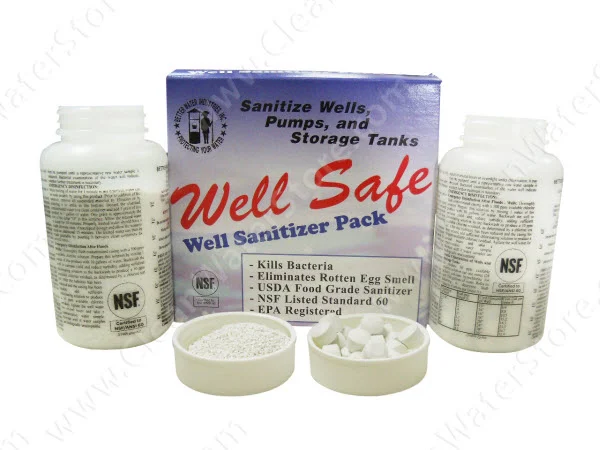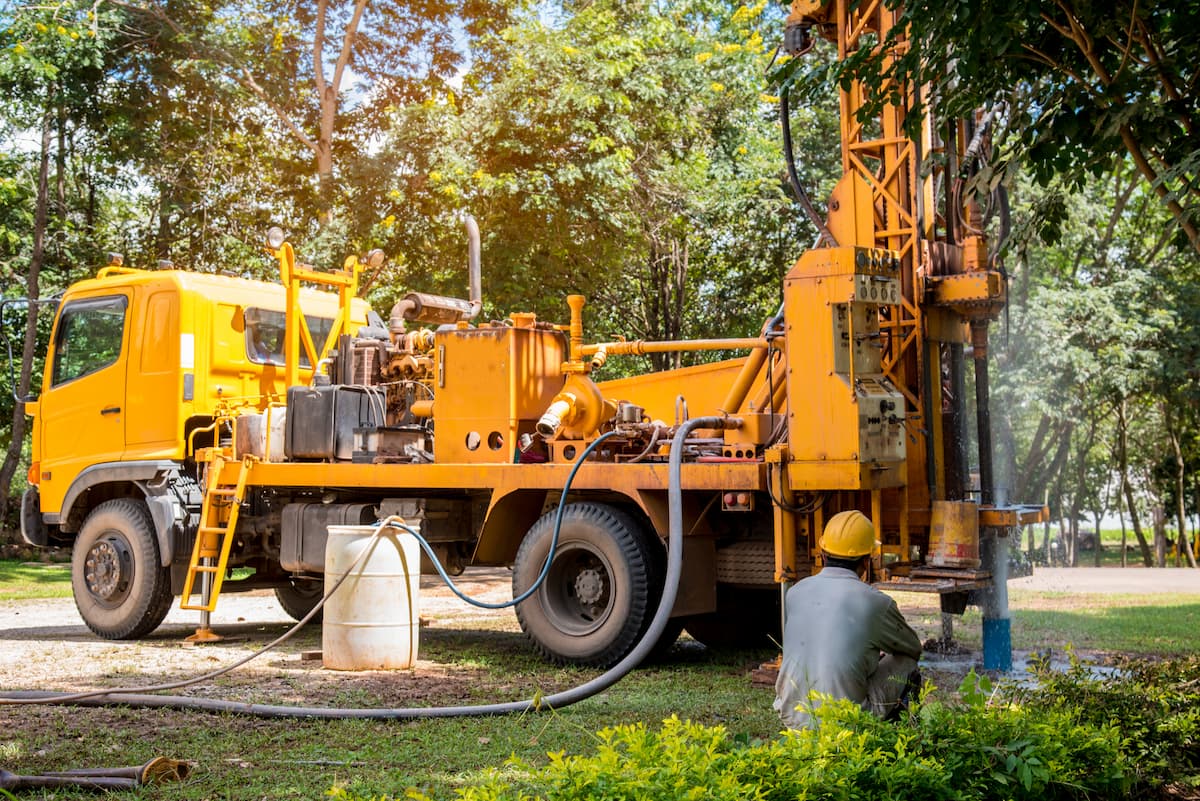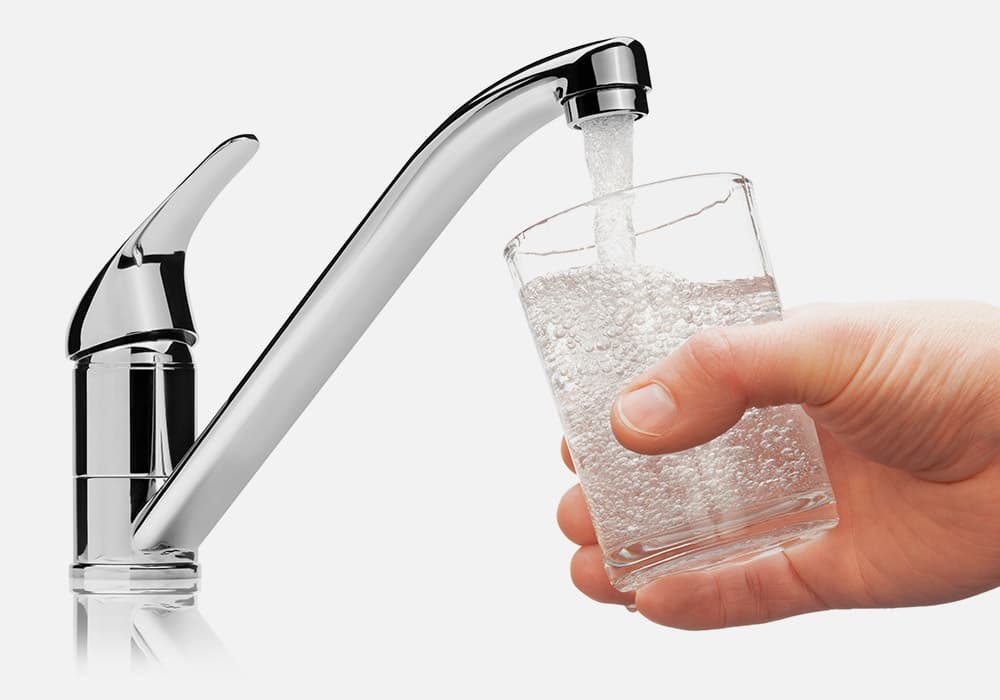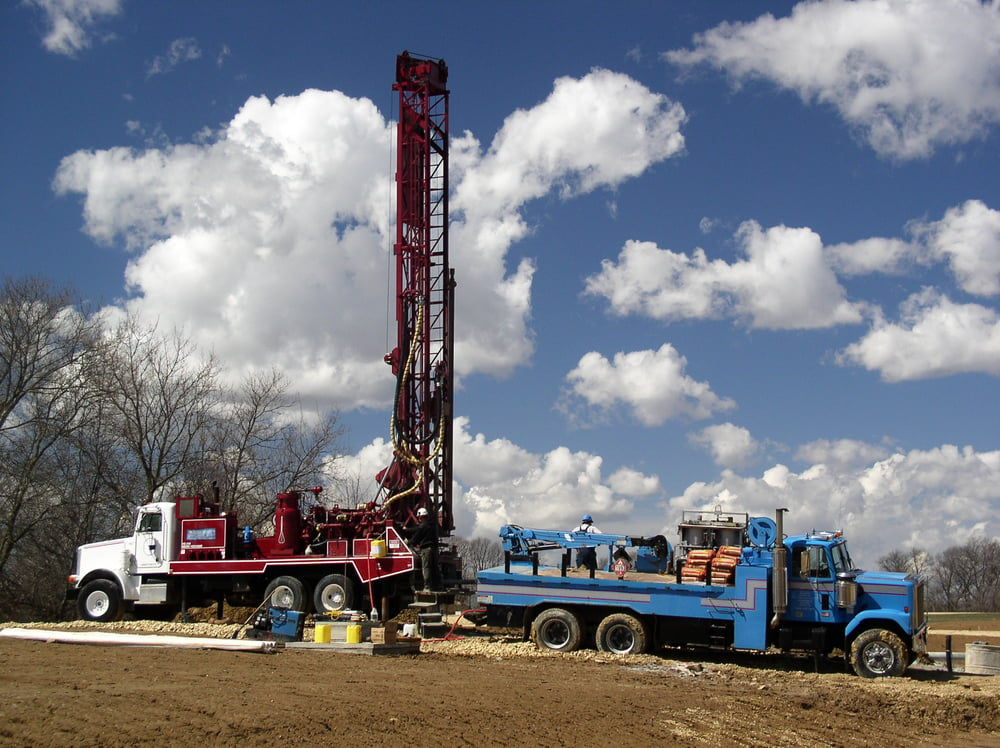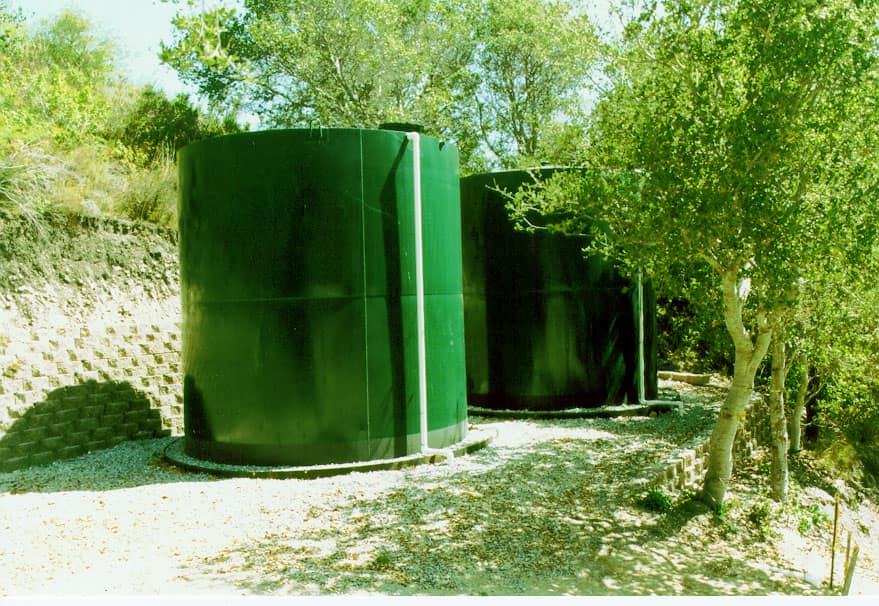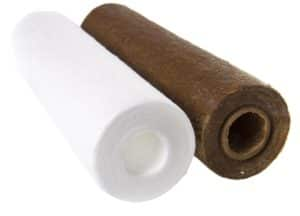How to Size Commercial Filtration Systems for Iron and Manganese Treatment
How To Size Commercial Filtration Systems for Iron and Manganese Removal
Iron and manganese are some of the most common elements found in the Earth’s crust and are widely found in groundwater worldwide.

These metallic contaminants are commonly found dissolved in water in a clear state. The water may appear clear but later turn to rust when the water is exposed to air. To size commercial filtration systems for iron and manganese removal, careful guidelines should be followed.
Iron and manganese treatment systems use oxidation with air, chlorine, or ozone injection to convert the dissolved forms of the metals to a solid form, followed by a filtration process.
When concentrations in the source water are high (above 8 to 10 PPM) combined iron and manganese, a clarification sequence is typically required prior to filtration. For lower levels, however, a simple oxidation step using chlorination or air injection followed by filtration can be highly effective.
The type of filtration used in this treatment approach may be a conventional anthracite-and-sand filter, a single media sand or anthracite filter, or can be a catalytic type filter containing oxidizing filter media.
For the conventional sand/anthracite filters, the iron must be carefully oxidized and floc formed of a correct size, for the conventional filter to work properly. The oxidizing catalytic filters use manganese greensand, manganese dioxide coated media, or manganese dioxide ore (such as Pro-OX NSF media) in a catalytic process.
The catalytic media can accommodate higher service flow rates with a smaller footprint and unlike the conventional sand filters, no contact tank is typically required. However, the oxidant should be injected into the water 20 to 30 seconds ahead of the filter for best results.
Service Flow Rate and Filter Sizing
Whichever type of filter media used, each type of filter media has a maximum flow rate (how fast the water is flowing through the media) that can be realized. This velocity of the water through the filter media (the Service Flow Rate) is commonly listed as Cubic Meters per Hour per Square Meter of Filter Area (M3/M2/Hour) or Gallons per Minute per Square Foot of Filter Area (GPM/Ft2).
Filter bed depth is typically 2 to 3 feet or no more than approximately 1 meter deep over a gravel under bed.
The filter surface area is the square footage or square meter of the filter tank. For example, a 4’ diameter filter tank would have a filter surface area of 12.5 Ft2. Multiply the radius by itself to square the number (2 x 2 = 4). Multiply the result by pi (3.14159): 4 x 3.14159 = 12.56 square feet, or 1.16 square meters.
A conservative service flow rate for many filter media is 3 to 5 gallons per minute per square foot of surface area. A maximum flow rate of 15 to 20 gallons per square foot of surface area is possible depending on the type of filter media, water chemistry, and temperature.
Factors affecting the Service Flow Rate include the levels of contaminants (iron, manganese, hydrogen sulfide etc.) present, water chemistry (such as pH and ORP), and water temperature.
For large commercial and municipal iron treatment systems, a pilot plant and pre-testing is recommended. For smaller systems, a conservative approach using properly sized filter systems works well.
Backwash Flow Rate Critical
In normal service mode, the water flows from the top of the tank down through the filter media from top to bottom, through the filter gravel under-bed and out to the distribution system. After a filter run (often 24 hours or less for commercial and municipal systems) the filter needs to be back-washed and rinsed.
Backwash involves diverting the water flow so the water flows into the bottom and lifts the media up, expanding the filter media and causing the accumulated iron floc to be rinsed out to drain.
A typical backwash length is 5 to 10 minutes. During the backwash, the media must be lifted and expanded by 15% to 30%.
After the backwash sequence, a short rinse-to-drain rinses the media before being put back into service. This is accomplished with an automatic top mounted control valve or a series of hydraulic valves that control the flow for backwashing and rinse.
The warmer the water, the higher the flow rate is required to lift and expand the filter media.
A typical backwash flow rate is 10 to 15 GPM for coated filter media and 15 to 25 GPM for solid manganese dioxide ore media.
Metric to Gallons/Feet Conversions:
1 m2 = 10.7 square feet
5 m3/m2/hour = 22/10.7= 2.05 GPM/FT2
10 m3/m2/hour = 44/10.7= 4.1 GPM/FT2
20 m3/m2/hour = 88/10.7= 8.2 GPM/FT2
25 m3/m2/hour = 110/10.7 = 10.3 GPM/FT2
30 m3/m2/hour = 132/10.7 = 12.33 GPM/Ft2




